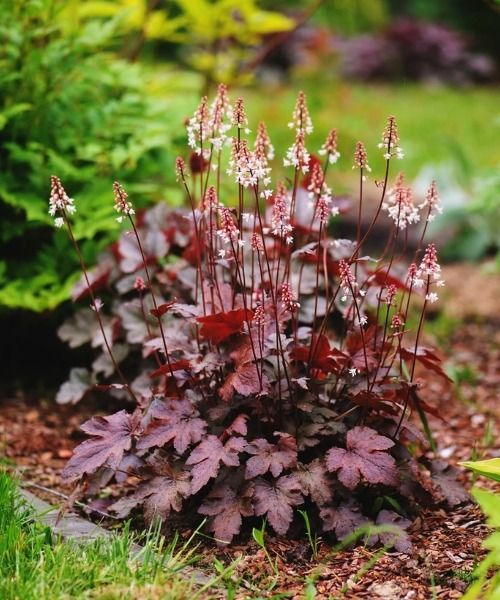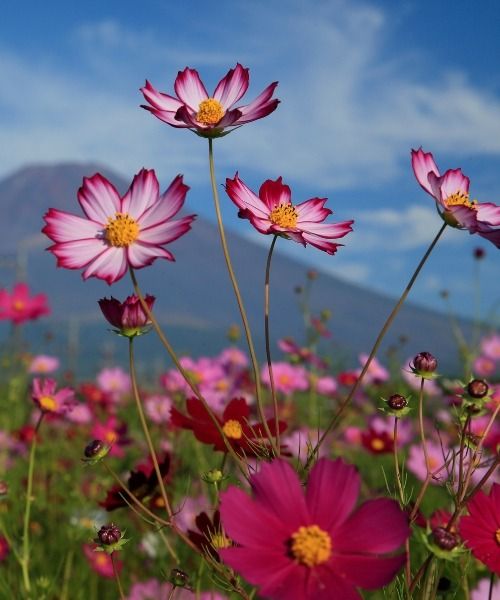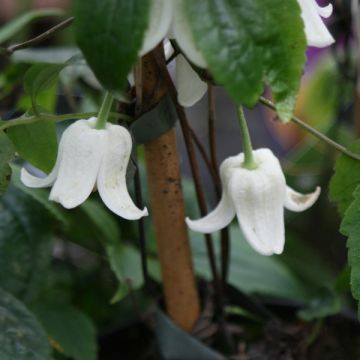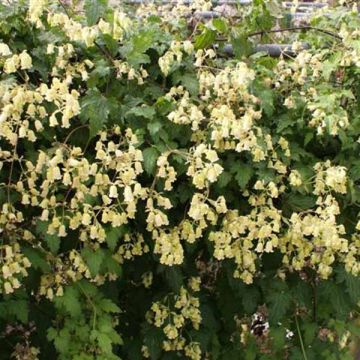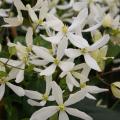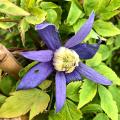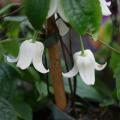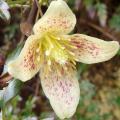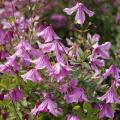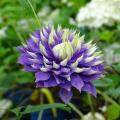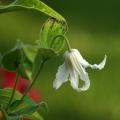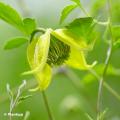Clematis Campanella
Does this plant fit my garden? Set up your Plantfit profile →
Available in 1 sizes
Available in 1 sizes
The Clematis of the Campanella group are cultivars mainly derived from Clematis campanella. These are deciduous, semi-climbing species with a late flowering period, flowering on the current year's growth. Fast-growing plants, their pale to dark green leaves, sometimes grey-green, 2 to 15cm (1 to 6in) long, are single and lanceolate, pinnate or dentate. The inflorescences are solitary flowers or numerous paniculate cymes. On the young branches, the first flowers develop at the tip or in the axil of the stems. The flowers of the Campanella group are bisexual, trailing bell-shaped, convex, 2 to 8cm (1 to 3in) in diameter. The bud is curved or erect. The petals, in groups of 4, are white, cream, yellow, sometimes streaked with red or violet, and the stamens are often villous. At the end of flowering, very decorative seed heads may appear, ending in a feathery style. Flowering occurs from June to December depending on the variety. The hardiness of the Campanella Clematis varies between +5 and -23°C (41 and -9.4°F) depending on the species. After flowering, a light pruning can be done to remove dead or damaged stems. In March, you can also cut back all the previous year's stems to 20cm (8in) above the ground, cutting above a cluster of buds. The Campanella Clematis, with fibrous roots, are planted shallowly in moist, humus-rich, well-drained soil in full sun or partial shade.
Haven't found what you were looking for?

































